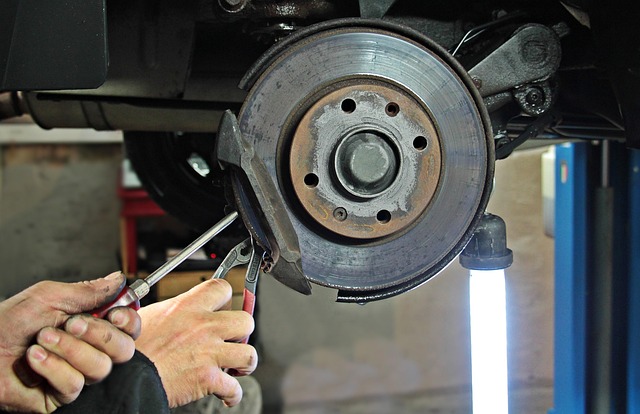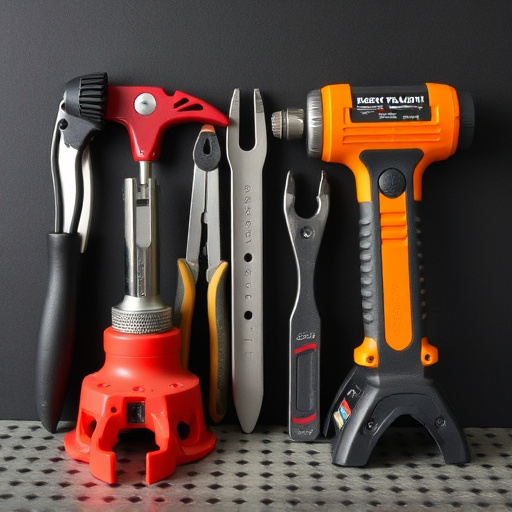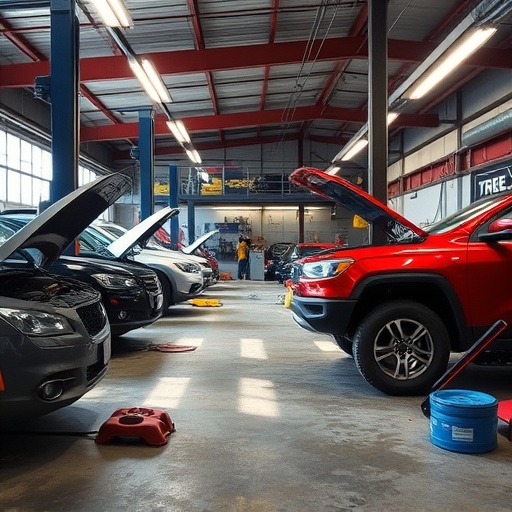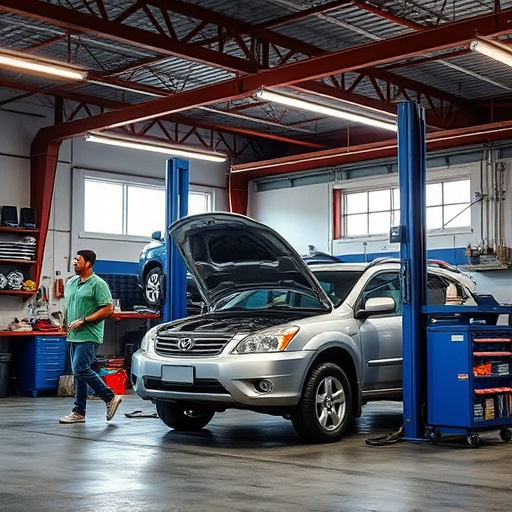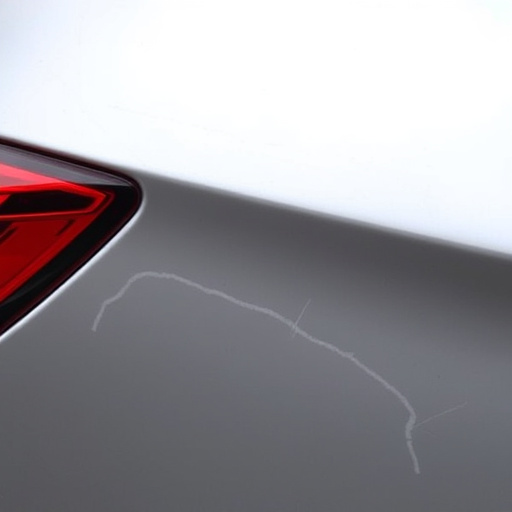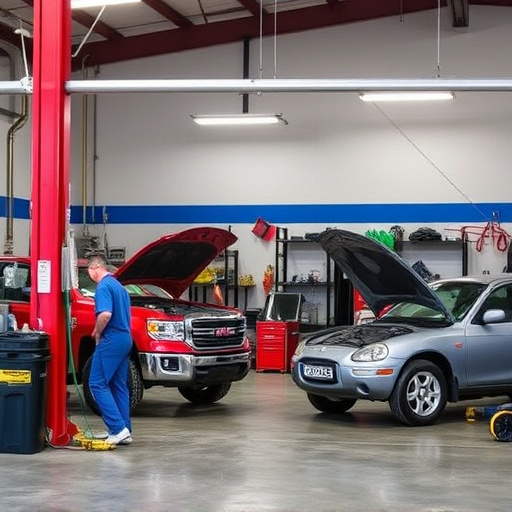Post-collision, a thorough brake system inspection is vital for safety and vehicle performance. It involves assessing calipers, rotors, pads, lines, fluid condition, master cylinder functionality, and leaks. Regular inspections identify potential issues early, enhancing safety and preventing catastrophic failures. Integrating auto body services ensures comprehensive restoration, including critical brake system maintenance.
After a collision, a thorough brake system inspection is crucial for safety. This article guides you through the process of understanding post-impact brake inspections, identifying key components to assess, and performing essential maintenance procedures. A professional brake system inspection ensures your vehicle’s stopping power and prevents future failures, offering peace of mind on the road. Learn about these critical steps to maintain optimal braking performance and enhance your driving experience.
- Understanding Brake System Inspection After Collision
- Key Components to Assess During Inspection
- Post-Impact Safety Checks and Maintenance Procedures
Understanding Brake System Inspection After Collision

After a collision, a thorough brake system inspection is crucial to ensure safety and prevent further damage. Many people overlook this critical aspect of car maintenance, focusing instead on more visible exterior repairs. However, a car’s braking system plays a vital role in preventing accidents and controlling vehicles during emergencies. Therefore, understanding the importance of brake system inspection after a collision is essential for every vehicle owner.
During a collision, various components of the brake system can be affected, including calipers, rotors, pads, and lines. Skilled auto body services and car repair specialists employ advanced diagnostic tools to assess these parts’ condition. They look for signs of wear, damage, or leaks that might indicate a need for replacement or repair. Regular brake inspections not only enhance vehicle safety but also help in identifying potential issues early on, reducing the risk of catastrophic failures.
Key Components to Assess During Inspection

During a brake system inspection after a collision, several key components need meticulous evaluation to ensure safety and optimal performance. The first step involves examining the brakes’ structural integrity, checking for any signs of damage or misalignment in the calipers, rotors, and pads. Any deformity or excessive wear could indicate the need for replacement parts, crucial for maintaining effective braking power.
Additionally, the inspection should encompass an assessment of the brake fluid’s condition and level, as well as the overall functionality of the master cylinder and wheel cylinders. Leaks in these areas, often visible through discolored spots or dampness, signal potential issues that require immediate attention. Integrating automotive repair services tailored to car bodywork repairs, dent repair, and beyond, ensures a comprehensive approach to restoring not just the brake system but the vehicle as a whole following a collision.
Post-Impact Safety Checks and Maintenance Procedures

After a collision, conducting a thorough brake system inspection is paramount for ensuring both driver safety and vehicle performance. The initial post-impact safety checks should include a visual examination of the brakes for any signs of damage or wear. This includes inspecting the brake pads, rotors, calipers, and lines for cracks, corrosion, or misalignment. Any visible abnormalities warrant further investigation by qualified collision repair services.
Regular maintenance procedures following a collision involve frame straightening to restore structural integrity and precise alignment. Auto repair shops equipped with advanced technology can accurately reassess the vehicle’s geometry, ensuring the brake system operates optimally. This meticulous process not only enhances braking efficiency but also prevents potential failures that could compromise safety during subsequent drives.
A thorough brake system inspection after a collision is an indispensable step in ensuring safety and vehicle reliability. By understanding the key components to assess, mechanics can identify potential issues and perform necessary maintenance procedures. This proactive approach not only enhances post-impact safety checks but also optimizes the overall performance of the brake system, ultimately protecting drivers and other road users. Regular inspections are a game-changer in mitigating risks associated with collision-impacted vehicles.
